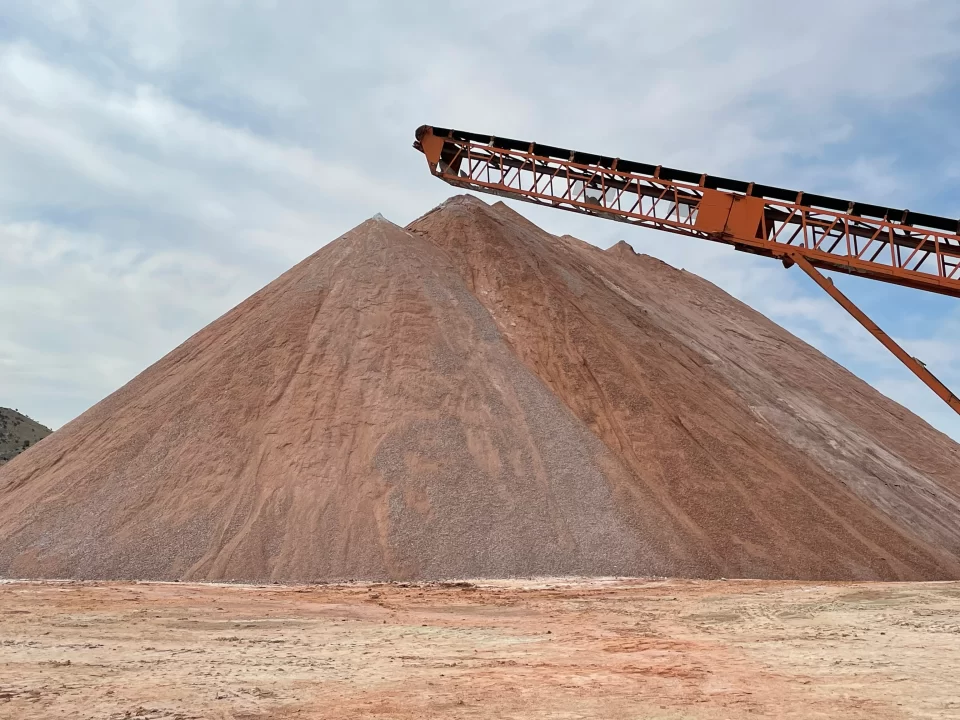Deicing salt – road salt – consists of 94 to 98% table salt or rock salt, i.e., NaCl (sodium chloride). It can reduce the melting point of ice. It forms water from the ice by adding ions. In the presence of salt, the water cannot freeze again. In this way, the melting point of ice is reduced to less than -20° Celsius by adding salt.
This means that even at an outside temperature of -20° Celsius, the ice cannot freeze if deicing salt or road salt is added, so it remains liquid. In particular, this effectively prevents re-freezing, for example, overnight. The thawing effect fails if the outside temperature drops to even lower temperatures (below -20° Celsius). As a rule, sodium chloride works well at -10° Celsius. Calcium chloride and magnesium chloride are even more effective at temperatures between -10° degrees Celsius and -20° degrees Celsius.
Deicing salt or road salt can also be called wet salt or brine. This makes applying it to the road easier – the salt solution of sodium chloride, calcium chloride, and magnesium chloride works even better together. This brine mixture also allows a lower dosage than conventional salt, spreading with only dry salt.
This form of road and deicing salt from Ninja De-Icer for example is used particularly in winter services in municipalities, communities, and cities. We offer all forms of deicing salt, road salt, and brine for use in winter service.
Road Salt, Deicing Salt, In A Silo Truck, Big Bag
Road salt loose in tipping trucks, silo trucks, or in 1,000 kg big bags, primarily for municipalities and service providers, in 50, 25, and 10 kg bags or 10 kg buckets up to 4 kg bags Mainly for companies and private purposes can be delivered.
What Is Good For Melting Snow?
If you live somewhere where snow is common during winter, you will likely need to melt it at some point. Whether it’s keeping driveways and walkways free of ice or thawing frozen pipes, knowing what’s good for melting snow is essential.
Rock salt is one of the most effective methods for melting snow. This chemical compound, also known as sodium chloride, is capable of melting large amounts of snow in a short time. It works by lowering the freezing point of water, which causes snow to melt faster. In addition, it is an easy-to-obtain and low-cost product.
Another popular method of melting snow is to use special deicing liquids and salt breaker. These products often contain a mixture of special salts and other chemicals that speed up the snow-melting process. Deicing fluids are ideal for areas where large amounts of snow need to be melted quickly, but they can be expensive and difficult to obtain in some areas. Finally, a more natural and ecological option to melt snow is to use hot water. This method is effective for smaller areas and can be a good alternative if you don’t have rock salt or deicing fluids. Boil water and pour it over the snow. Be careful not to pour hot water on cold surfaces to prevent cracking or damage.

